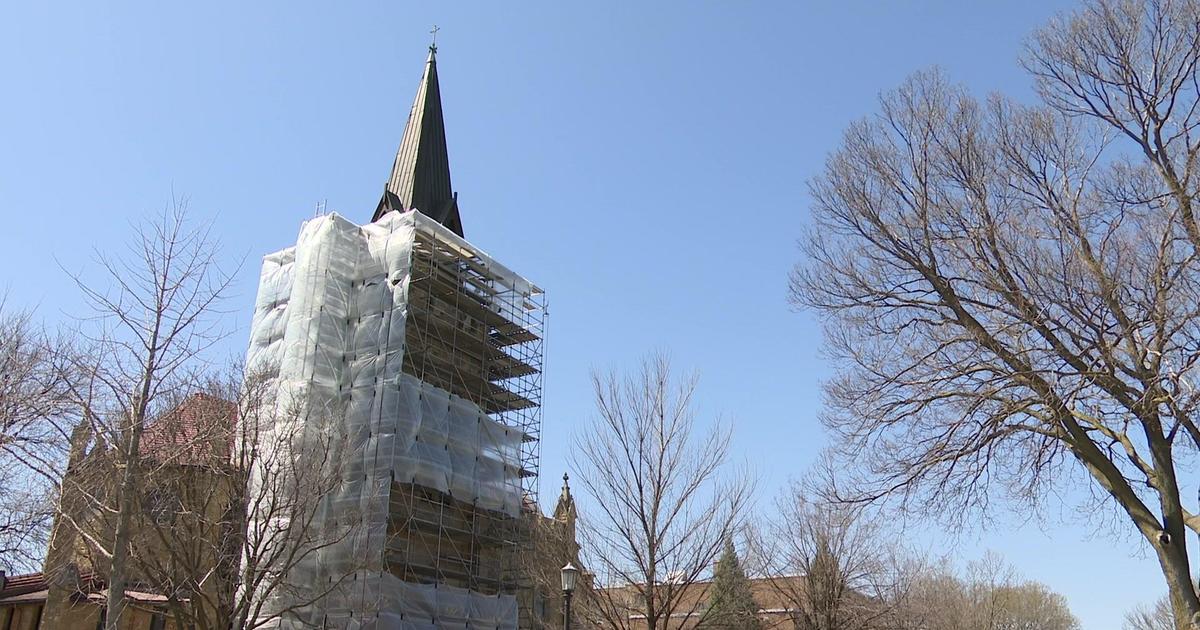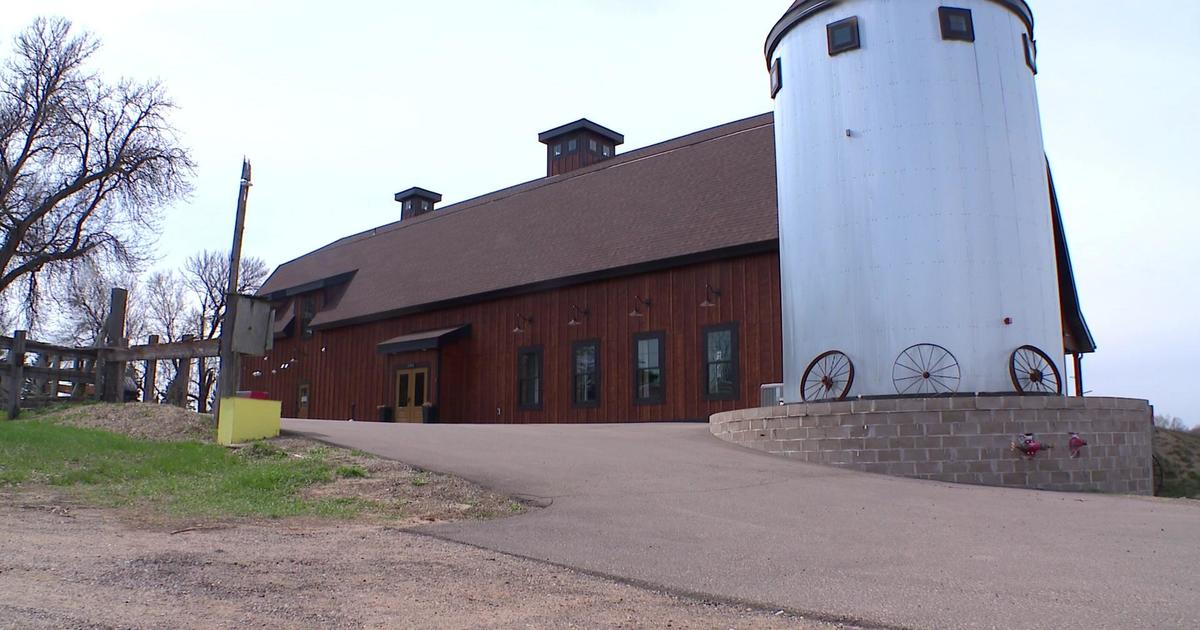'Skull Freezer' Helps Brain Surgery Patients Bounce Back
ST. PAUL, Minn. (WCCO) - "Skull freezer" is certainly not a technical medical term, but most hospitals have one. The freezer helps to store bone flaps of the skull during the crucial waiting period between brain surgeries.
In July of last year, CAT scans revealed that a blood clot was responsible for 52-year-old Carol Gregg's severe headaches.
"It was right back here, back of my head, and it just wouldn't quit hurting," Carol said.
"The technician came out right away to the doc, and they said, 'We got a bleeder here'. And it as just no time, they called the ambulance," said Carol's husband.
In just a few hours, Carol was taken into emergency surgery to remove the clot. Carol's CAT scans show the brain reacted with swelling, according to neurosurgeon Dr. Matthew Kang with Regions Hospital.
"So on this side, where surgery was performed, you don't see the same grooves, so we know that there's swelling going on," Dr. Kang said.
Doctors had no choice but to drill a hole.
"So if you have uncontrolled swelling and you have the skull on, the brain only has one way to go which is through the bottom, and that's, that's called a herniation," Dr. Kang said.
A hernia can be deadly, so in order to preserve essential parts of the brain, they had to literally drill out a piece of Carol's skull.
"It's much like carpentry. We drill a series of holes called burr holes," Dr. Kang said.
Removing the chunk of skull helps to relieve pressure.
"That would allow the brain to expand beyond its skull borders," he said.
In the meantime, that chunk of Carol's skull went to this freezer.
"They would come to us in these containers from the surgery," he said.
The freezer sits comfortably at negative 80 degree Celsius, otherwise known as 114 degrees below zero. The only other place you'd see temps like this is on a polar ice cap on Mars.
The below freezing temps prevent the skull fragment tissue from decomposing, and also help to drastically slow the growth of bacteria. While waiting for the swelling to go down, Carol had to wear a special helmet to help protect the soft spot on the scalp.
Six months later, Carol's brain relaxed back to its normal state. At this point, it was decision time. Either use a prosthetic or use the piece of the original skull.
While Dr. Kang says neurosurgeons often prefer to use the patient's own bone, Carol's skull piece had a small trace of bacteria. Therefore, they used a prosthetic piece, which is put back in using titanium screws.
Now, a full year later, Dr. Yang says Carol has gone from near death to near perfect health. Brain surgery has helped to give Carol and her husband a second chance.
"To be able to perform something so dramatic and see a dramatic result, I think in combination, is just an experience that's unmatched than anything else I've experienced in life," Dr. Kang said.
"I'm not perfect, but I don't care [laugh]. I'm here," Carol said.
Neurosurgeons are able to reuse the piece of skull about half the time.
Dr. Kang says as little as ten years ago, neurosurgeons would store the piece of the scalp inside the patient's stomach, a place that's also considered a "protected environment".



